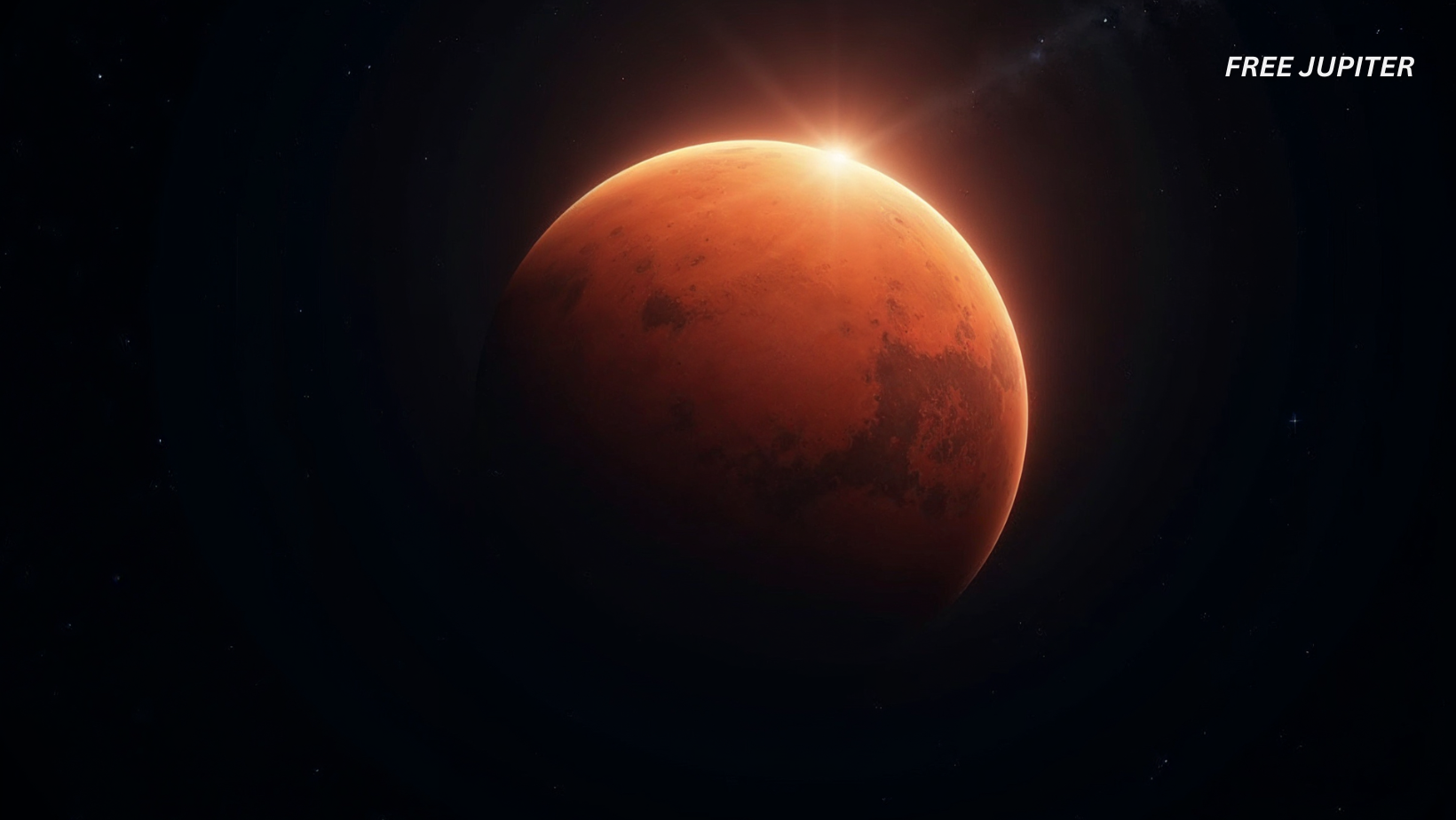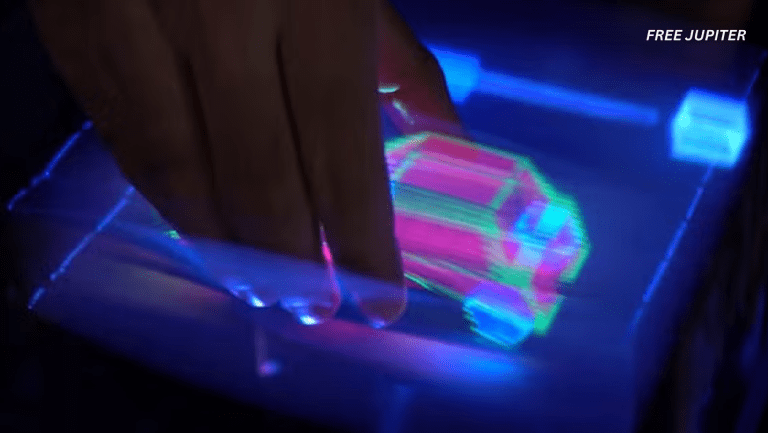On the surface of Mars, scattered across a vast expanse, stand thousands of towering geological structures—mounds that stretch skyward as though reaching for answers lost to time. These natural formations, located in a region known as Chryse Planitia, may be far more than random features shaped by the whims of nature. According to recent research, they could serve as Martian time capsules, preserving layered stories of water, erosion, and perhaps even the ancient geography of the red planet.
Over 15,000 of these mounds rise from the dusty plains of Chryse Planitia, an area situated near the transitional zone that separates Mars’ southern highlands from its northern lowlands. While they have captured scientific curiosity for years, their true origin had remained an unsolved puzzle—until now.
Thanks to a comprehensive analysis of data gathered by orbiters from NASA and the European Space Agency, new insights have been revealed. These findings, published in Nature Geoscience on January 20, propose that the mounds were not only shaped by water erosion but also represent remnants of a Martian landscape long eroded away.
The mystery that once surrounded these mounds is gradually being unraveled—and what they reveal might fundamentally change our understanding of Mars’ ancient environment.
Layers of History Locked in Stone
It has been suggested that each of these Martian mounds is composed of multiple layers, each one representing a different chapter in the planet’s geologic past. Much like reading the pages of an old, weathered book, scientists are now examining these layers to reconstruct a timeline that spans billions of years.
According to Dr. Joe McNeil, lead author of the study and a planetary geologist at the Natural History Museum in London, the deepest layers date back roughly four billion years. “Each layer records a moment in Mars’ distant past,” McNeil explained. “The oldest layers sit at the base, offering a glimpse into the earliest periods of Martian history.”
These formations have been likened to the iconic buttes and mesas of Monument Valley in the American Southwest, which also owe their shapes to erosion over millions of years. However, Mars’ mounds are significantly older and vastly larger in scale. While Monument Valley covers an area of about 145 square miles, Chryse Planitia’s mounds span a region the size of Texas and rise up to 1,800 feet high.
Their size, age, and structure make them valuable geological archives—and potentially, windows into ancient Martian climates.
Read more: NASA’s Curiosity Rover Detects The Largest Organic Molecules Found on Mars Yet
Water’s Whisper Across the Planet
The evidence now points clearly to the presence of water—both on the Martian surface and below it—billions of years ago. The formations, it’s believed, were once part of highland terrain composed largely of clay-rich rock. These highlands appear to have extended far into what is now the lowlands, only to be gradually worn down by the persistent hand of erosion.
The erosion itself is believed to have been caused by water, likely in the form of rivers, lakes, or perhaps even underground flows. The chemical composition of the rocks suggests that water once interacted with them, creating reactions that are typically associated with long-term liquid presence.
“The clay minerals in these rocks could not have formed without the presence of water,” McNeil noted. “Their erosion across hundreds of kilometers shows just how widespread and sustained that presence must have been.”
While it remains uncertain what exact type of water feature carved out these mounds, whether oceans, glacial melt, or subterranean springs, the remnants speak clearly of a once wetter world.
The Ravages of Time and Wind
Unfortunately, like many relics of the past, these mounds have been altered significantly by the passage of time. It’s estimated that in the 3.8 billion years since the erosion began, wind-driven processes have further reshaped the landscape. This has left scientists with only fragments of the original geological record.
“It’s like trying to piece together a novel from a few surviving pages,” said McNeil. “Many of the details have been lost, and those that remain are worn and faded.”
Still, despite these limitations, important clues have been found. And those clues may help address one of Mars’ most enduring enigmas—the great divide that runs across the planet.
Read more: Massive Martian Ice Deposit Could Flood The Entire Planet Under 9 Feet Of Water
A Planet Divided
Mars is marked by a striking topographical contrast. The southern hemisphere is dominated by rugged highlands, pocked with ancient craters and rising miles above the Martian “sea level.” In contrast, the northern hemisphere consists mostly of flat, smooth plains that sit much lower in elevation.
This divide, known as the Martian dichotomy, has long baffled planetary scientists. It’s one of the red planet’s most distinctive and perplexing features, and various theories have been proposed to explain its origin.
One theory suggests a massive asteroid impact may have gouged out the northern lowlands in Mars’ early days. Another theory leans toward internal processes, such as mantle convection, similar to plate tectonics on Earth. However, Mars lacks active plate tectonics, making this explanation more speculative.
Recent seismic data from NASA’s now-retired InSight mission offers new support for the convection theory. Subsurface tremors, or “marsquakes,” hint at activity within Mars’ mantle, suggesting that heat-driven processes may have shaped the crust from within.
Either way, the newly studied mounds—lying just north of this boundary—might hold key evidence to settle the debate.
Read more: Mercury Retrograde Comes To An End Soon And Every Sign Will Feel The Effects
A Region Rich in Clues
The area surrounding the mounds is already recognized for its scientific potential. Mawrth Vallis and Oxia Planum, both situated near the mounds, have long been considered among the most promising regions on Mars for uncovering signs of past life.
These areas are rich in minerals that form in the presence of water, and their ancient surfaces may still retain organic compounds, if any ever existed. While Oxia Planum was ultimately selected for the rover’s landing due to safer terrain, Mawrth Vallis remains a site of great interest.
“The study by McNeil and his team adds weight to the idea that this entire region is unique,” said François Poulet, a planetary scientist not involved in the research. “It reinforces Mawrth Vallis as one of the best targets for future missions.”
What Lies Ahead
With the possibility of further robotic exploration on the horizon, excitement is building among planetary scientists. The discoveries made so far have opened new doors to understanding how Mars evolved—and whether it once supported conditions suitable for life.
Each mound, each layer, and each grain of Martian soil tells a story. Some are stories of violent impacts. Others are of flowing rivers, drying lakes, and the gradual retreat of once-abundant water. And some stories remain untold, hidden beneath the surface, waiting for the right instruments and curious minds to uncover them.
As McNeil put it, “These mounds are more than just geological features. They’re windows into Mars’ deep past.”
And through those windows, a clearer picture of the red planet is beginning to emerge.










